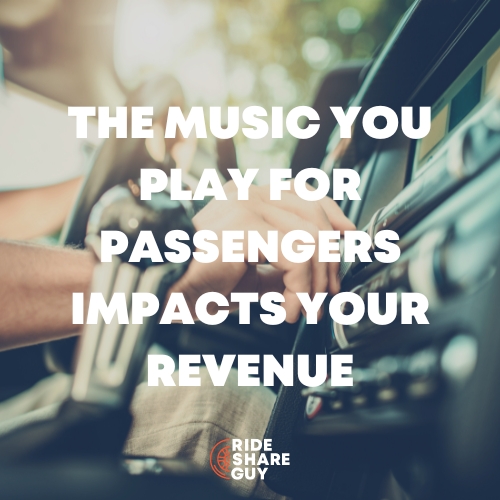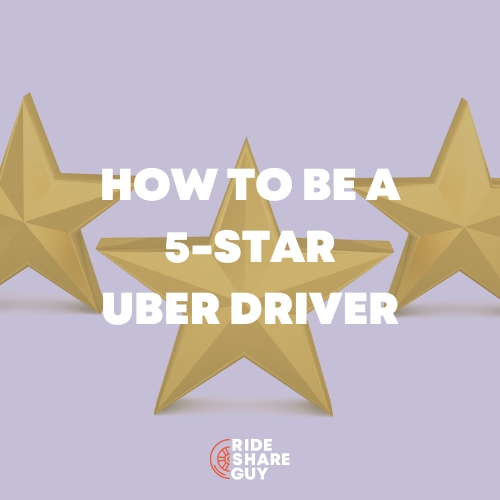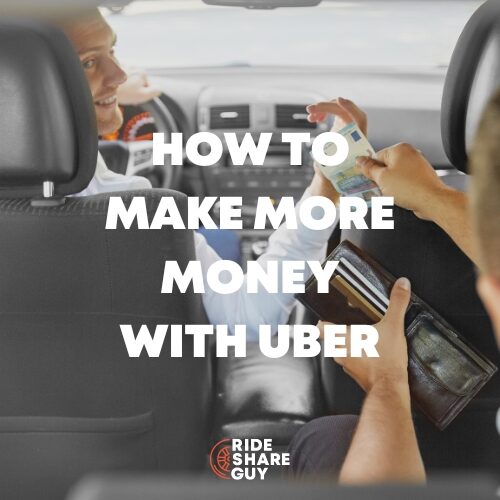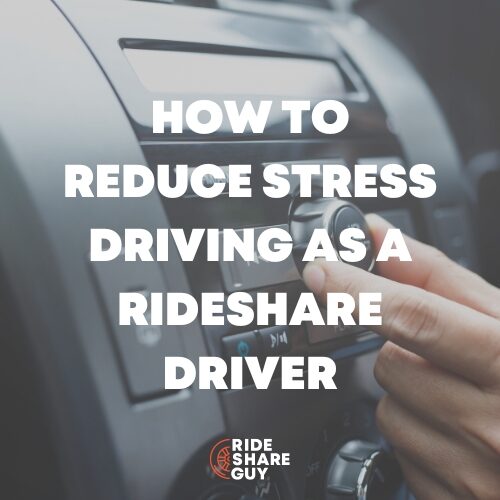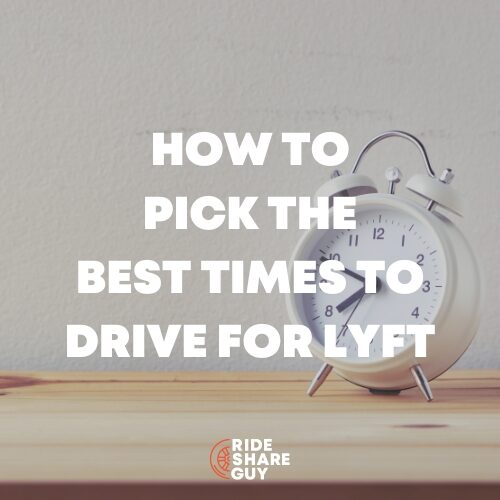Is Uber a great opportunity to earn money in your spare time, or an engine of exploitation? Senior RSG contributor John Ince shares his thoughts on Uber’s evolution from a personal driver app to a rideshare-scooter-bike and more behemoth. What do you think about John’s conclusion? Is he being too harsh on Uber, or do you agree? Let us know in the comments below.
Uber has become one of the most fascinating business stories of modern history. You can listen to an interview RSG had with Adam Lashinsky about Uber’s question for domination here, but needless to say, Uber’s has been controversial since day one.
Uber is a company that has gone public and made thousands of employees and early investors very happy people. While all these newly minted millionaires (or billionaires) are counting their money, over two million drivers will be fighting traffic to help get their passenger from point A to point B as quickly and safely as possible. For all these millions of drivers, Uber/Lyft have provided income that otherwise would not have been available.
For some drivers, Uber has been a godsend. It has provided flexibility and opportunity to immigrants who have few other options in this new world.
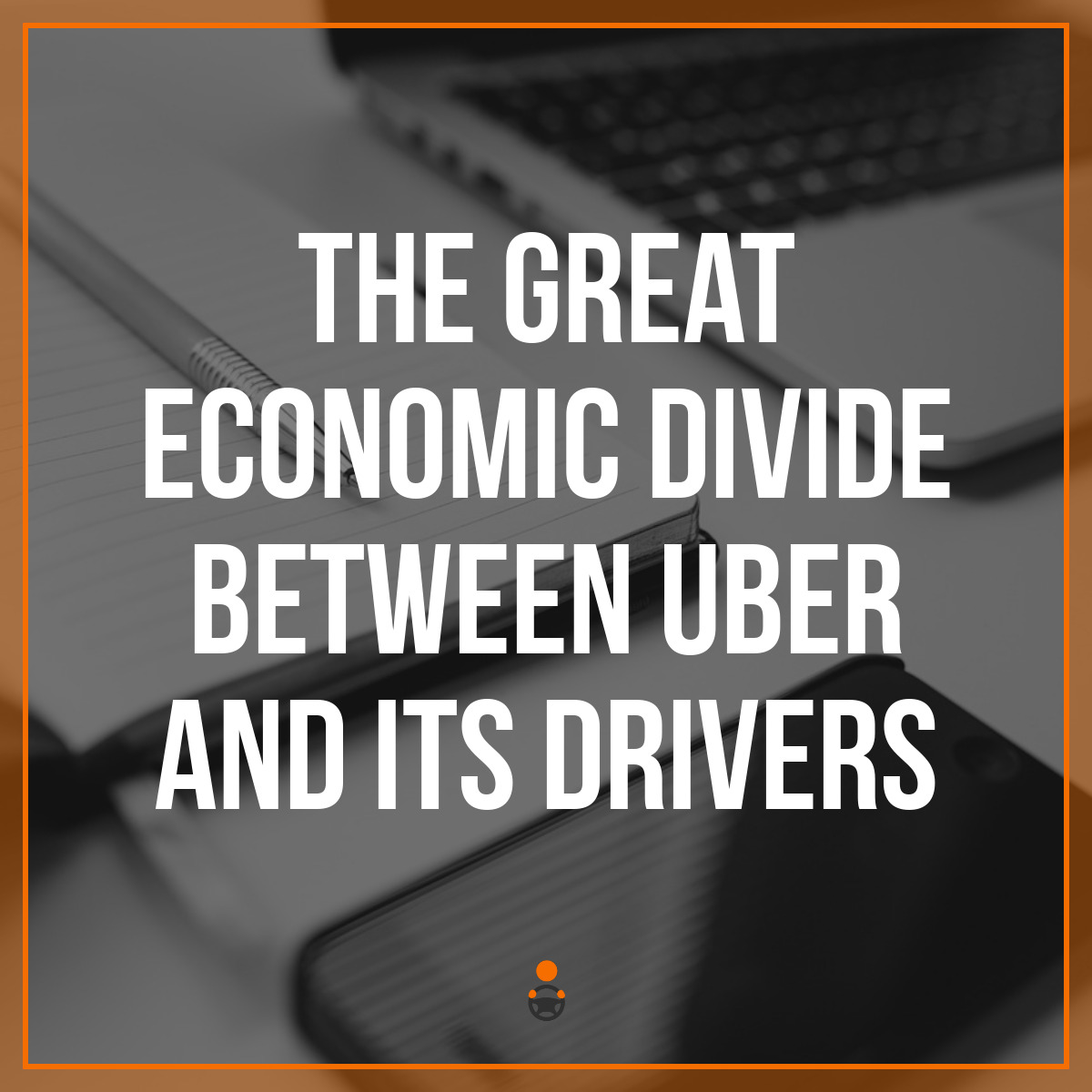
But, by and large, drivers are not happy. They’re increasingly aware that this gig isn’t all it was cracked up to be. As a driver, you have no power to influence the outcome of any decision that affects your economic future. You don’t set prices. If you diss a passenger and that passenger reports you, you very possibly could be de-activated – even if the transgression was minor and the passenger lied about it. There is no justice as a driver – and certainly no economic justice.
Is Uber Exploiting Drivers?
Exploitation only acquires meaning when you’re the one being exploited. If you’re the one who is doing the exploiting, you think of it as taking advantage of your competitive advantage, or using your leverage effectively. Uber’s exploitation came into view over the last few weeks in anticipation of their IPOs.
Exhibit 1 here is the way Uber classifies drivers. Uber’s S-1 statement acknowledges that, were drivers to be legally recognized as employees, it would be an existential threat to the company.
The only way Uber’s execs have been able to keep the flood waters behind the dam is through questionable legal maneuvers, such as requiring drivers to waive their rights to class action suits and agree to binding arbitration. If Uber has to start paying for drivers’ insurance, car maintenance, gas, unemployment insurance, sick leave and so on it will cost the company billions of dollars a year and make the whole scheme null and void.
It may take a while and likely there will be settlements and compromises along the way, but you can only perpetuate a deception so long. Remember, there are plenty of lawyers who are hungry for the fees they will get when they take down Goliath.
Uber Investors Really Don’t Care About Building Great Companies
Uber has all the signs of a scam or a scheme. The Uber Scheme is only slightly different from a full out Ponzi scheme. Why? Uber doesn’t use money from new investors to pay old investors directly. Instead Uber rewards old investors with a new evaluation of the company – which is based largely on jacked up growth figures – only made possible because Uber prices its service below cost. Note: both the Ponzi Scheme and the Uber Scheme only work if there is a pool of new investors willing to put more money into the enterprise.
Passengers are, by and large, pleased with the service, and why wouldn’t they be? It’s great to get a personal driver so inexpensively. It might even be thought of as a massive social service agency, benefitting thousands of people of all different ages. But that’s been an accident of fate rather than an intentional policy, because almost all Uber rides are all subsidized by investors.
The Uber Scheme only works as long as new valuations for the company exceed the prior levels. Uber is the perfect investor scam because it has all the superficial appearances of a great company:
- It’s highly visible
- Each and every car with Uber decals (known as trade dress) is a moving advertisement for the company
- It’s looks and talks like a real company
However, dig into the numbers and it’s not. No private company in business history lost as much as Uber has – ever. Uber has lost much more than Amazon has ever lost. Uber has lost more than all the others that failed during the “dot com” bubble burst. It’s not a real company when it continues to lose almost a billion a quarter, year over year.
Uber is Ripoff Reimagined
In the tech world, almost every start up is pitched as some kind of disruption. Entrepreneurs describe their little baby as xxx re-imagined. One can think of Uber as ripoff reimagined – a creative effort to perpetuate economic inequality and exploit a new category of workers without their knowledge.
The New York Times last week ran a fascinating story about a 70 year old man in California who drives full time and makes about $40,000 a year – while co-founder Travis Kalanick is now worth almost $9 billion.
Uber’s public stock offering next month will make a bunch of people remarkably rich. Peter Ashlock is not one of them, although he has toiled for the ride-hailing company almost since the beginning.
Mr. Ashlock, who will be 71 next week, has racked up more than 25,000 trips as an Uber driver since 2012. His Nissan Altima has 218,000 miles on it — nearly the distance to the moon. His passengers rate him 4.93 out of five stars. His favorite review: “Dude drove like a cabdriver.”
While he is an integral part of Uber’s success, Mr. Ashlock is barely getting by. His 2018 tax return will show an adjusted gross income in the neighborhood of $40,000, better than 2016 and 2017. But he has maxed out his $3,200 credit limit at the local Midas car-repair shop and needs to come up with $5,000 to pay his taxes. He has Social Security but no savings to buy a new car that will let him keep working.
Silicon Valley has always been a lottery where immense wealth is secured by a few while everyone else must hope for better luck some other time. Rarely, however, has the disparity been on such stark display as with Uber.
For Mr. Ashlock, what at first looked like $90,000 started to look like $60,000 a year, which now looks like $40,000 after net income gets squeezed between lower fares, higher fees and commissions from Uber and increasing expenses at the gas pump.
So there Uber is again – right smack in the middle of controversy. This time, it’s the controversy over the gig economy and its role in exacerbating income inequality. Is Uber just a neutral middle man matching drivers with passengers – taking a reasonable commission for the service? Or is Uber an engine of exploitation misrepresenting the levels of income, and safety, that the job entails?
Is Uber the future of ecologically sustainable urban transit? Or is Uber responsible for increasing traffic congestion in cities already clogged?
The questions are not easy to answer because Uber is such a complex company. Trying to make sense of these vastly different perspectives is challenging to say the least. Uber is a kind of chameleon that shifts shape and changes appearance, depending upon which audience it seeks to please at a particular moment.
Uber tried to please all these audiences in the grand buildup for its IPO. But there is one perspective that is noticeably missing from the buildup, and from Uber’s S-1 Statement. It’s the perspective of the drivers.
Uber and Lyft Are Hurting Worker Rights
Labor groups have fought for workers’ rights and protections for years but Lyft and Uber are undoing all of that in one fell swoop. These rights and protections represent decades-long struggles of labor against management. It’s unconscionable because Uber executives and board know exactly what they are doing.
In the process, Uber is creating a great divide between the workers – the ones who are doing the real work of the company. Right now, the workers toil for subsistence wages, the only real work that is bringing real income to the Uber executives who run the show. Those people, the ones who work inside the walls of Uber offices, devise the algorithm and systems that manage a work force of drivers, turning it into a game of control over the drivers.
Uber’s assault on labor is unconscionable because Uber executives knew they were deceiving drivers when they dangled visions of making $90,000 a year. It’s unconscionable because:
- Uber executive and investors are going fabulously wealthy on the backs of good honest laborers
- The people who devised the systems have created a moat of communication around this workforce
Drivers are voiceless and they know it. The only communication with drivers goes through customer service representatives, who are either ill-informed, inept or trained in the art of obfuscation.
Uber is a sign, symptom and symbol of this unconscionable assault on workers rights and protections. These are the very same rights and protections that took decades-long struggles to win. They’re the same rights that legendary labor leaders risked their lives for.
Uber Resorts to Legalistic Maneuvers To Trick Drivers
The process by which workers’ rights are waived is unconscionable because Uber tricks drivers to do something that is not in their own interest. Most drivers don’t have the legal background to understand the implications of what happens when they simply check a box that says “I agree” before they are permitted to sign onto the app and earn income.
You’re a driver anxious to get out on the road, and when you open the Uber app, a pop-up window indicates there is a new user agreement that must be agreed to before you can get out on the road. Most don’t comprehend the long document that must be read and digested, which includes a provision that requires them to wave their rights to lawsuit.
Do drivers know that by checking that box, they’ve waived the rights to join a class action suit against Uber, and agreed to binding arbitration? It’s devised by lawyers and executive who have little understanding of the plight of drivers or empathy for them. It’s no accident that today, Uber is facing many lawsuits.
Uber Creates A Moat To Segregate Drivers and Other Employees
The only way to deal psychologically with the reality of the driver’s plight is to close your eyes. That’s essentially what Uber investors and executives have done. They have closed their eyes and ears to the plight of the drivers and have communicated only through press release that only share what Uber executives want the public to believe.
The companies have no normal channels of communication with drivers. Normal channels of dialogue and conflict resolution are simply not open to drivers.
Driverless Cars Aren’t Going To Save Uber
Driverless cars sound great in theory. But the theory doesn’t match the reality of being behind the wheel. As a driver for almost 4 years, I don’t ever see driverless cars becoming a significant factor in the urban transportation mix for a long while, if ever.
Yes, driverless cars might become a factor in suburban environments, office parks, long haul trucking, and other places where it’s possible to configure routes and establish predictable patterns. But in urban and other environments, there are too many unknowns, too many unpredictable situations and too many quick judgments that must be made on the fly by drivers.
What does a driverless car do when the passenger doesn’t know where they are and provides incorrect information? What does the driverless car do when a passenger has put a pin down where it’s not legal to stop? Who pays the cost of purchasing, maintaining and storing the driverless cars? Who pays the traffic tickets that today drivers must pay themselves? Who pays for the insurance the driverless cars? Will insurance companies offer insurance at affordable rates?
Does This Story Have a Happy Ending?
As someone who has seen the company from the inside out as a driver, and studied the company from the outside in as an analyst blogger and author, there is only one realistic scenario under which the Uber (and Lyft) stories have a happy ending. There is only one way that Uber becomes a legitimate business with real profit potential. They must raise fares to a point where the service is priced above cost – providing some profit margin for both the company and the drivers.
But for reasons unknown to this driver, beyond the competitive dynamics of the marketplace, neither Uber nor Lyft is willing to risk losing growth. Perhaps it’s because they also risk losing new investors to keep the whole ship afloat.
The bottom line in all of this is that neither Uber nor Lyft, nor any ridesharing company around the world has yet to demonstrate that the market economics work. I strongly doubt that they do now or ever will because transportation public transportation has always required subsidies to survive.
The only thing that’s different about this new world of Uber and Lyft is that most of those being exploited simply can’t understand the tools and techniques of exploitation, because those tools have become so sophisticated and complex.
Meanwhile, Uber’s smartest investors will be long gone by the time Uber’s bankruptcy papers are filed and millions of drivers will be out pounding the pavement, looking for their next gig.
Readers, what do you think the future holds for Uber and Lyft? Do you agree with John’s analysis?
-John @ RSG
